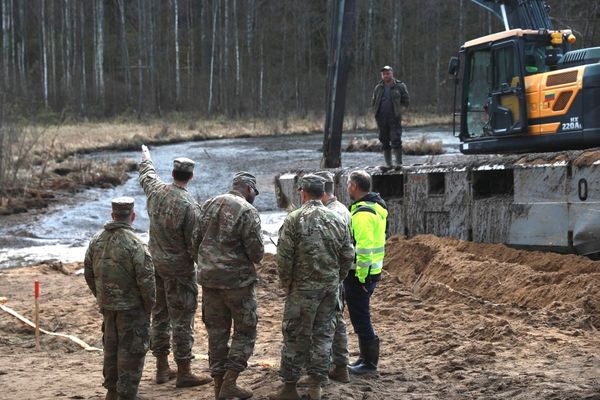
Slugs and snails have a bad reputation. In six of the past 10 years, they have been the most complained-about garden visitor at the Royal Horticultural Society, where I lead the team advising on and researching garden animals. But it’s high time we started to better understand them and the many other garden visitors that have been branded persona non grata, and the important role they all play in planet-friendly gardening and maintaining a healthy ecosystem.
So misunderstood are slugs and snails that we don’t even know how many species there are in the UK – the last survey was completed 80 years ago – let alone what their preferred meal is. Of those species we know about, only nine of the 44 – that’s a fifth – are likely to be nibbling holes in your hosta, latching on to lettuce or burrowing into a potato.
But even the plant-nibbling species can play a vital role in recycling dead plant material and animal waste, and acting as a food source for hedgehogs, frogs, birds, beetles and predatory flies. Our gardens would be a duller and messier place without them.
Some slugs and snails also perform more curious but nonetheless welcome roles, such as consuming algal growths from greenhouses. Due to the shape of their mouth parts, the trail of consumption through algal patches forms a geometric zigzag pattern – the garden’s very own version of a crop circle.
Phrases such as “insect apocalypse” and “biodiversity emergency” are now widely used, and the consensus is that there are a lot fewer invertebrates than there used to be. This isn’t good for our gardens, and underscores the importance of a bit of positive PR for those invertebrates traditionally thought of as garden foes.
A rose covered in a healthy population of greenfly would prompt gasps from many gardeners, but how many have given a thought to the diversity, complex lifecycles and importance to ecosystems of these little sap-sucking insects?
There are a remarkable 500 species of greenfly, blackfly and other aphids in Britain; some species are pink, others yellow. Forming dense colonies on many plants in spring, they are the basis for much life in the garden. They are eaten by a multitude of predators, including many of the 40-plus species of ladybirds. Aphids support bird populations too. Watching wrens and dunnocks searching plants for aphids is a joy, even for those of us who like the aphids.
Even leaf-munching caterpillars are vital to healthy ecosystems. A great example are winter moth caterpillars. Hatching from eggs at bud burst, blue and other tits time the nesting season to coincide with the appearance of these caterpillars, which are consumed in the tens of thousands. There is a concern that climate change may cause a mismatch in timing between caterpillars and tit egg hatch, potentially leading to bird declines. That’s another story – but all the more reason to see caterpillars as part of a balanced, lively and healthy garden.
This encouragement should also extend to social wasps. Yes, they can be a bit of a nuisance at a picnic, but they sting only in self-defence and consume vast numbers of other insects; watch them systematically search cabbage leaves, find, decapitate and take the bodies of large white butterfly caterpillars to feed their larvae in the nest.
Some slugs and snails do, of course, damage plants. However, the fact that they are also an important part of the garden and that it is undesirable to remove them all means more research is needed to identify which species are causing damage, and the practical and ethical ways of deterring and mitigating it – something we are researching at the RHS. We already know, for instance, that using biological control nematodes and mulch can help reduce slug damage.
We are never going to eliminate slugs, aphids, caterpillars and other plant-munching invertebrates from our gardens – their existence, after all, predates the garden itself – and our plots are all the more lively and valuable because of them. At the RHS, we’re working to change perceptions by avoiding using the term “pest” when it comes to gardens – and I’d encourage you to do the same. Amid the climate and biodiversity emergencies, now is the time to gracefully accept, even actively encourage, more of this life into our gardens.
Dr Andrew Salisbury is principal entomologist at the Royal Horticultural Society







